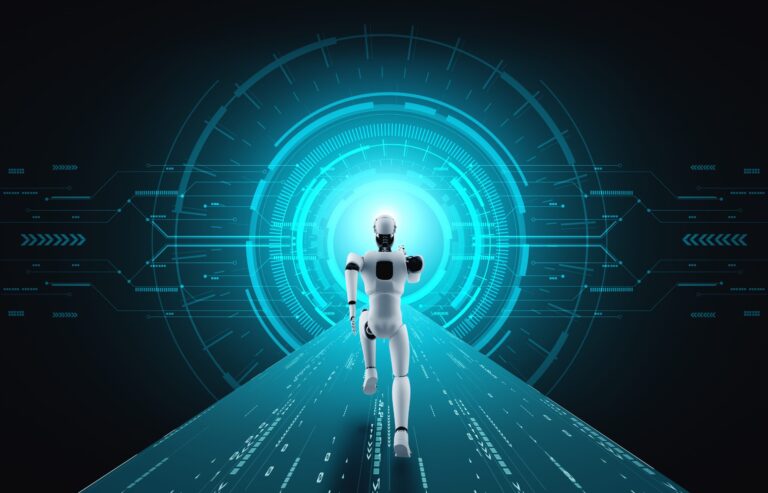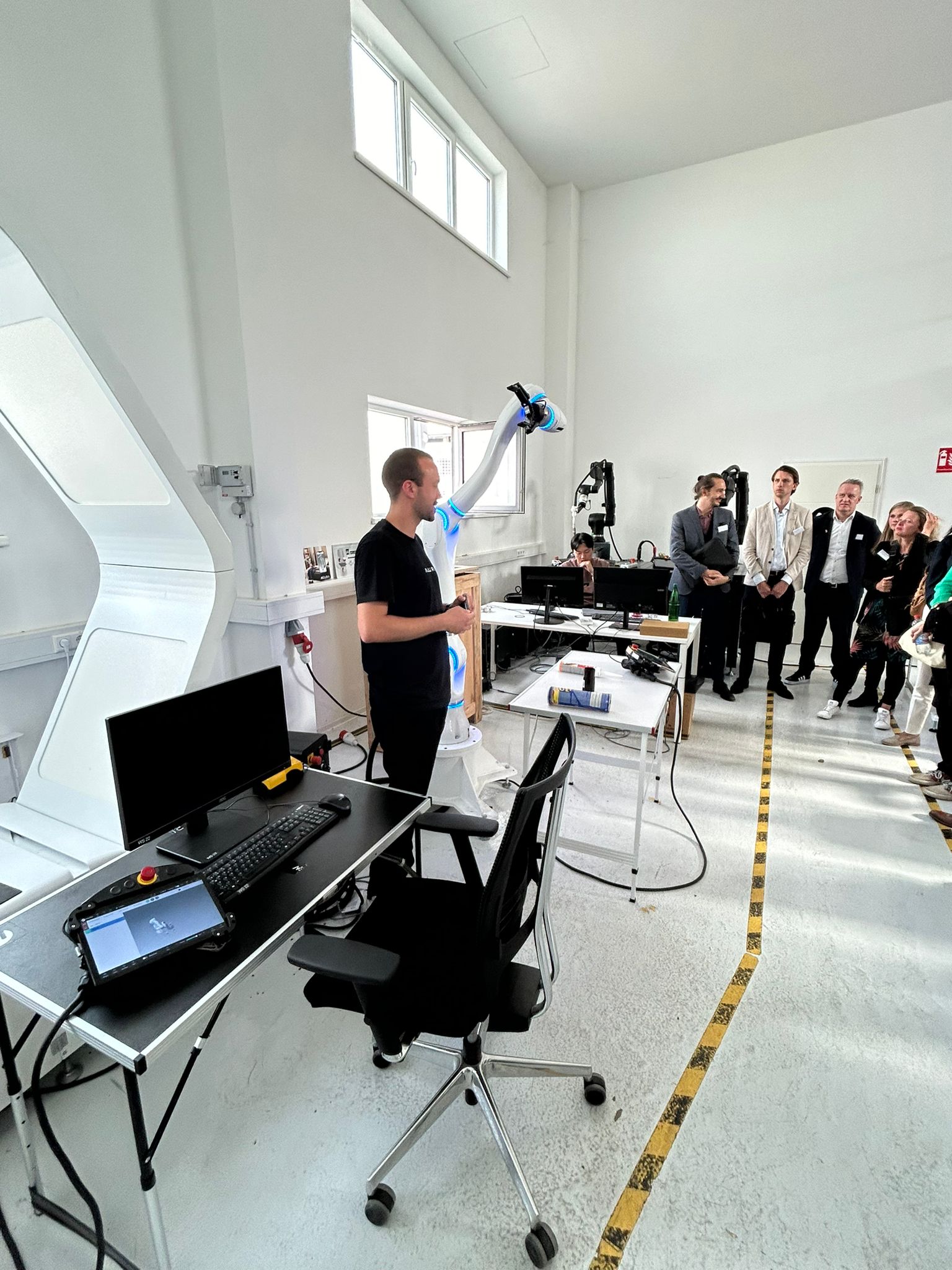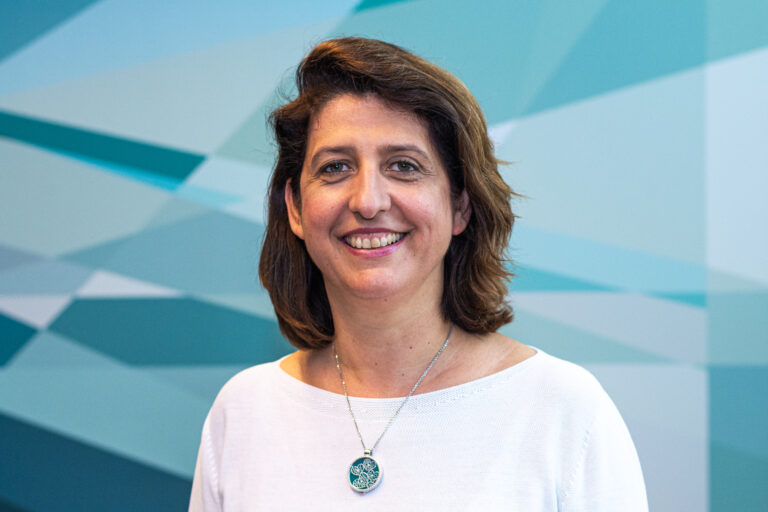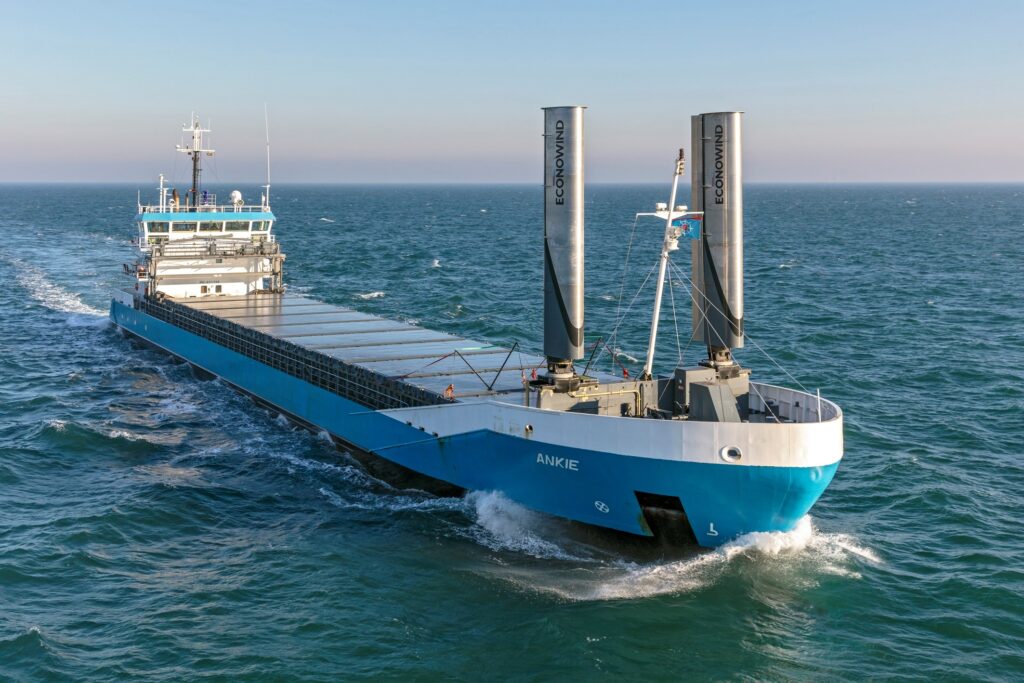Chips are becoming increasingly powerful and less expensive. The costs of gathering and storing data just keep on falling too. This means that AI systems have more and more data and number-crunching power available. There are already self-learning algorithms today, for instance, that help doctors make the right diagnoses or that show how we can reduce the use of pesticides in agriculture in the Netherlands. The commercial sector is also making good use of the possibilities of AI. Think of the autonomous robots that tirelessly pick products in warehouses, for example. And who knows what AI will be capable of in the future?
Connecting the right people
So AI is offering some great opportunities and the Netherlands already has a strong base. From the scientific viewpoint, we are highly regarded internationally in AI. But because the country has so far invested too little in practical AI applications, we are in danger of dropping behind. The good news is that we can still get a place in the vanguard of AI, although we then do have to connect the right parties and push forward together – which is exactly what the Netherlands AI Coalition is already doing.
Over 400 enthusiastic participants
There are a lot of widely differing parties in the Netherlands AI Coalition. As well as large companies and multinationals, there are numerous SMEs, start-ups, expertise centres, educational institutions, civil society and governmental organizations in the coalition. The Ministry of Economic Affairs and Climate Policy and the Ministry of Economic Affairs are both involved too. The efforts of over 400 participants plus kick-start funding have let the Netherlands AI Coalition lay good foundations over the past eighteen months.
A new phase with large-scale AI projects
In addition to parties who see AI as an opportunity and want to accelerate in that area, substantial investments are needed if that ambition is to be achieved. And now that the cabinet has decided to endorse the AiNed programme, the necessary investments from the government are also available. The long-term AiNed programme focuses on large-scale projects for resolving five bottlenecks of AI (see inset). Because this programme is now being supported by the National Growth Fund, there are excellent foundations for accelerating and scaling up.
Learn as you go
A good AI solution requires an incredible amount of data and domain knowledge. The more parties cooperate in it, the greater the chance of success. To qualify for National Growth Fund money, the various parties in a chain must work together (integrated chain approach). The issues are complex and so they don’t know in advance what they will come across along the way. A learning approach is therefore needed. Although many collaborations are limited to government, education and research, and the commercial sector, NL AIC’s projects also involve civil society organizations and the public in developing AI solutions (the so-called ‘quadruple helix’, for those familiar with the term).
A people-focused approach
“We’ve absolutely got to keep using AI to solve social problems,” says Kees van der Klauw, manager of the Netherlands AI Coalition. “That’s something the technology is very suitable for, but it does need a human-centred approach: AI is for people, not the other way around. The same applies when you’re using AI to achieve economic goals, of course. It’s still got to be about the people then too. That kind of human-centred approach with end-user involvement in the design process can avoid poor applications of AI and create a foundation of trust in the technology – trust that is also commercially relevant.”
Trial and error
There are also negative aspects to developing AI algorithms and deploying AI software, which also means that things sometimes go wrong. “Sadly, there are already some practical examples of that,” admits Kees. “We’ve seen AI algorithms deployed in recent years, for instance, that have acquired human biases and therefore profiled people in an undesirable way. What’s also highly undesirable are overzealous AI programs that only select messages that fit your world view, based on your reading preferences; that can leave you in a news bubble. These are crucial points to keep in mind when developing and deploying AI applications further. Developing algorithms is a learning process, and developing ethical and legal frameworks – what we do and don’t accept as a society – is similar. In the meantime, solutions to problems like these are already being worked on in the Netherlands. So things are moving in the right direction, but we have to stay vigilant. And thanks to support from the National Growth Fund, these developments will also gain momentum.”
Joining in for the right reasons
So how do you make sure that all those parties are pursuing the same mission? “We don’t make any concessions there,” says Kees emphatically. “We told interested parties from the off that they should only get involved if they saw the collective interest as their own interest, for instance. We set up the coalition because there are lots of common challenges in AI and because we have a clear vision and goal. We believe that the Netherlands can become a leader in developing meaningful, human-centred AI applications. Not just as the Netherlands, but as part of Europe as a whole.”
The power of common interests
The NL AIC runs a variety of working groups. Thirteen of them focus on application areas for AI and five are involved in the building blocks that are needed if AI is to be given sturdy and future-proof foundations. Kees reckons that great things are already happening in those eighteen working groups. “Because these projects are based on common interests, they naturally create connections between organizations who can then help each other. It’s an excellent basis for fruitful cooperation.”
What’s already happening?
He gives the Health and Care working group as an example. It works closely with participants representing all parties in the healthcare delivery chain.
“That cooperation helps make large-scale AI implementations possible in healthcare. The methods that the Data Sharing working group has developed for safe and responsible data sharing will be gratefully used. In the meantime, the Human Capital working group is developing a variant based on a general AI course that focuses purely on the health and care sectors. And last but not least, there’s the Human-Oriented AI working group, which will start with what are known as ELSA labs, looking into the ethical, legal and social aspects of AI applications together with all stakeholders.”
Time to accelerate
“On top of the fact that the various parties within a working group help each other, you also see that the individual working groups and their participants know how to find each other and make use of each other’s expertise,” concludes Kees. “That was true even while there was no money structurally available. We did have some kick-start funding, but it was a limited amount with a limited scope. The working groups have in fact pulled themselves up by their bootstraps, which also goes to show just how motivated our participants and partners are. We’re all ready for the next phase and we can’t wait to see our targets achieved. It’s pedal to the metal time.”
The five major bottlenecks
Developing AI applications is not a goal in itself: what matters is using AI to achieve economic and social objectives. There are still some challenges if we want to make that possible. The NL AIC has therefore listed the five biggest bottlenecks:
- Innovation: an area where acceleration is badly needed, one where both individual companies and the government will have to take more initiatives in AI. NL AIC is doing its utmost to ensure that the various parties can work closely together. We are being backed in this by the contribution to AiNed from the National Growth Fund.
- Knowledge base: to resolve the shortfall of AI knowledge in the commercial sector, governmental authorities and centres of expertise, the Netherlands needs to train, attract and retain more specialists and to have more fundamental and applied research carried out. If that doesn’t happen, we will have to be ready for even more of a brain drain of AI specialists abroad. The AiNed programme aims to tackle that.
- Employment market: AI is going to play a role in every sector. Not just in the distant future, but within a few years. Pretty much every employee will soon have to know how to deal with AI.
- Society: it is difficult to predict right now how AI will play a role in the years to come, but it has become clear in the meantime that AI is going to have a massive impact on our society. So how can we make sure that we get reliable and safe AI systems that genuinely help people?
- Data sharing: this is an essential precondition for using AI. It is impossible to train the algorithms without data. So you need data not only in large amounts but also with a high level of quality. There are then grey areas in terms of ownership and security, which all makes sharing data properly and carefully a pretty complex task.
Joint approach
These bottlenecks are addressed using what are referred to as ‘implementation tools’. They involve aspects such as bringing parties together to strengthen cooperation throughout the chain between the various companies and organizations. We are going to help companies and authority bodies create demand-driven AI knowledge, both fundamental and applied, develop and implement innovations and valorization for it and then deploy it in companies and public organizations. Work is being done on educating employees and students in all disciplines and attracting, developing and retaining AI talent as much as possible for the Netherlands. A network is being created that will encourage and coordinate cooperation between the national AI innovation ecosystem and the rest of Europe.
More information about the AiNed programma can be found on this page.






